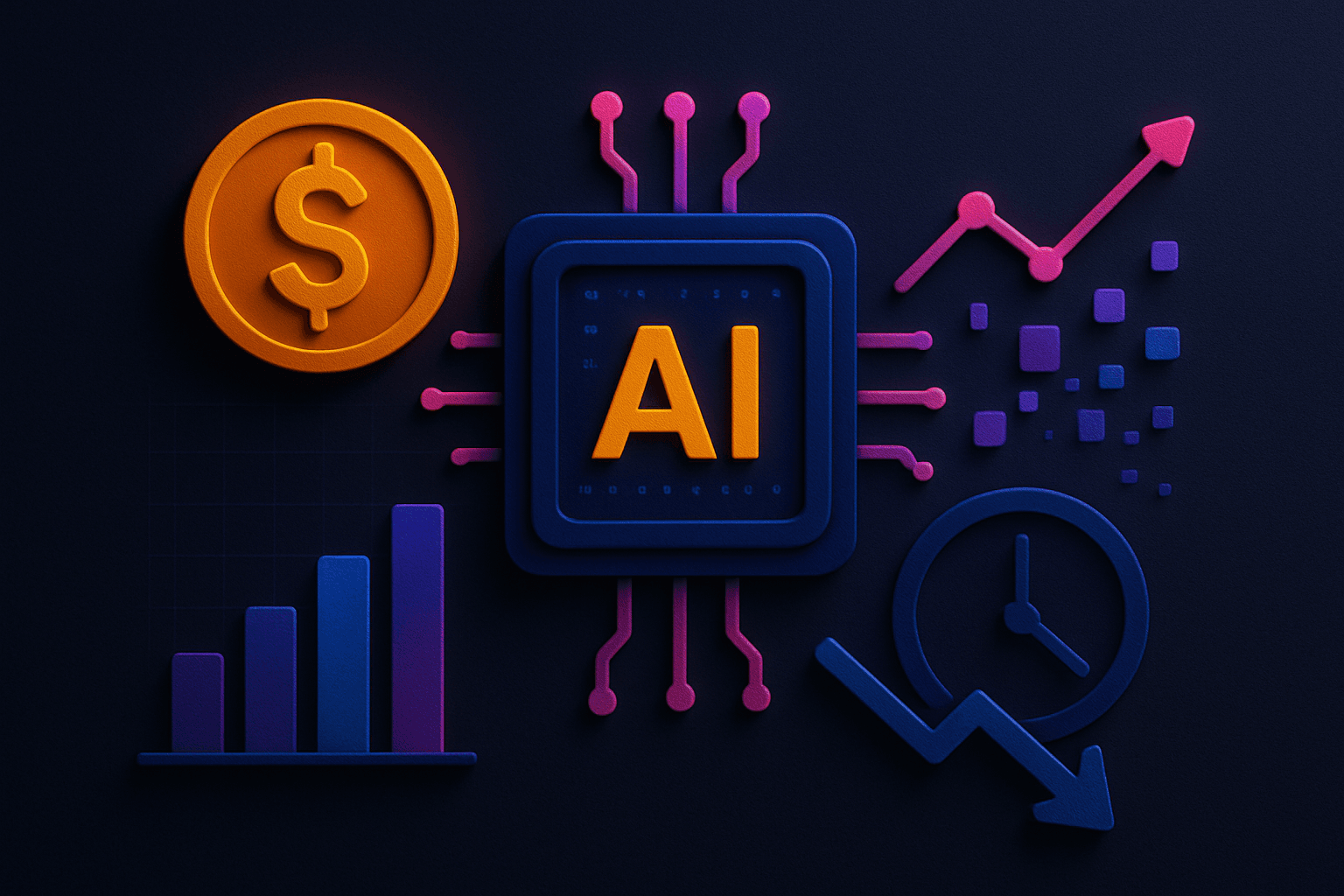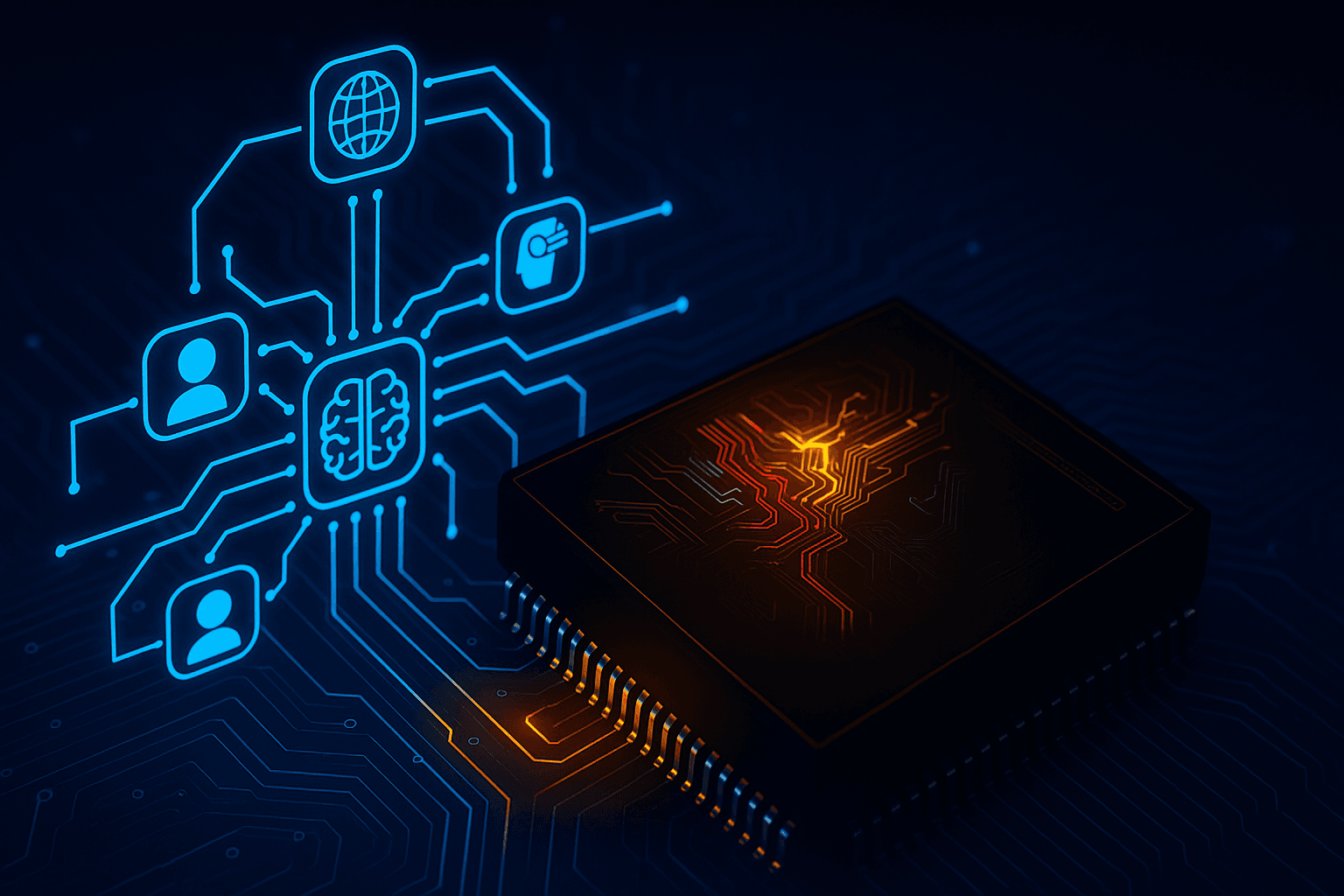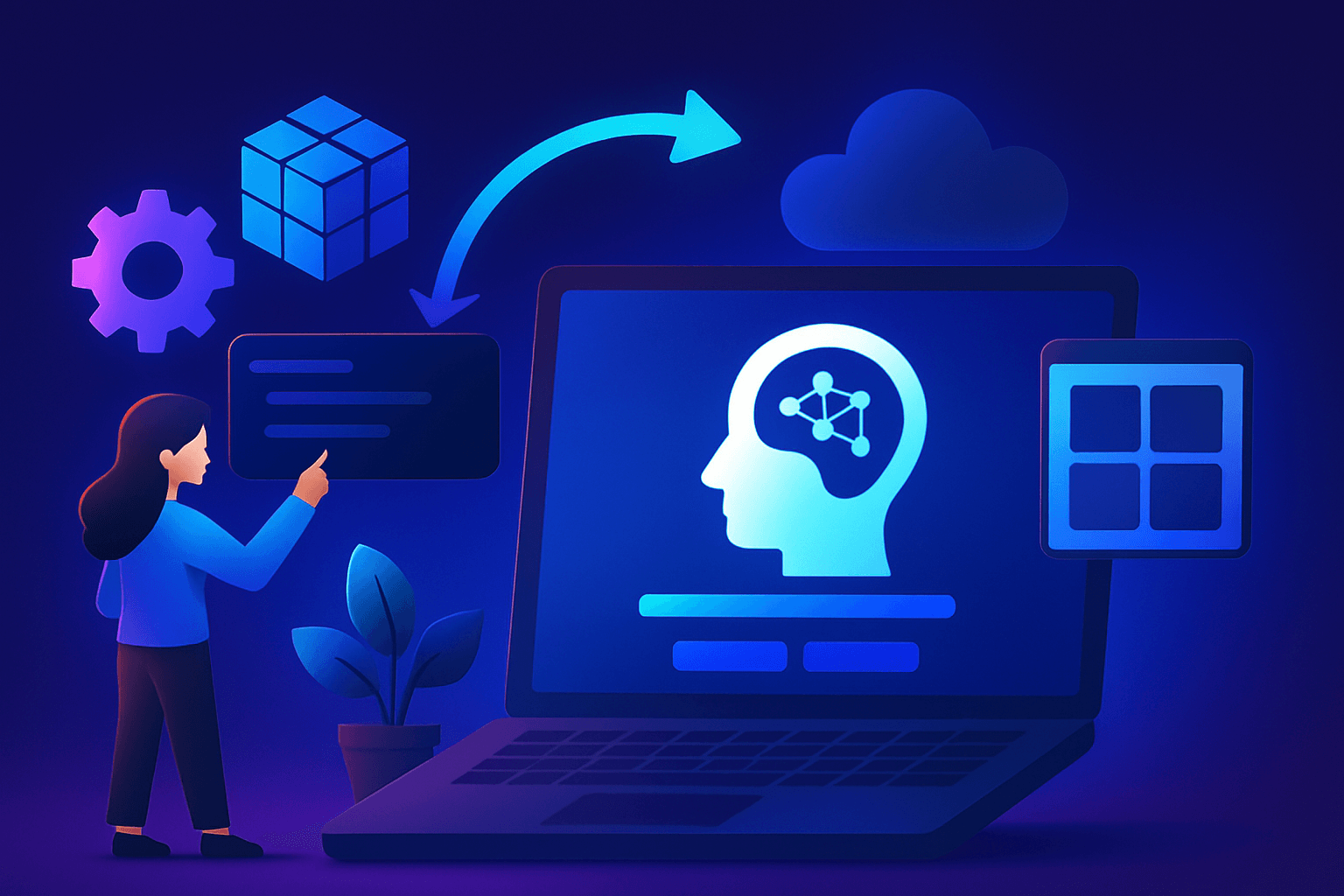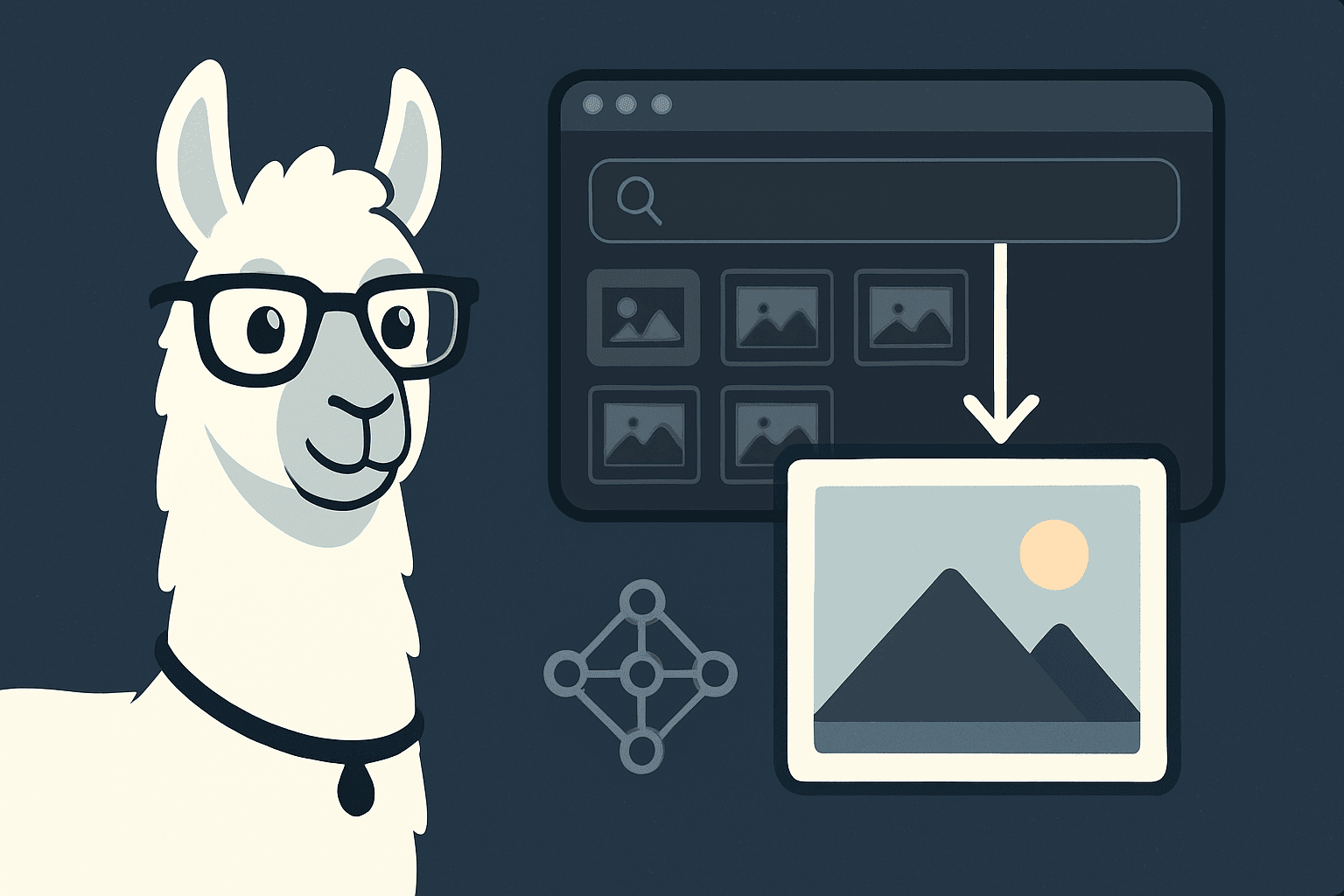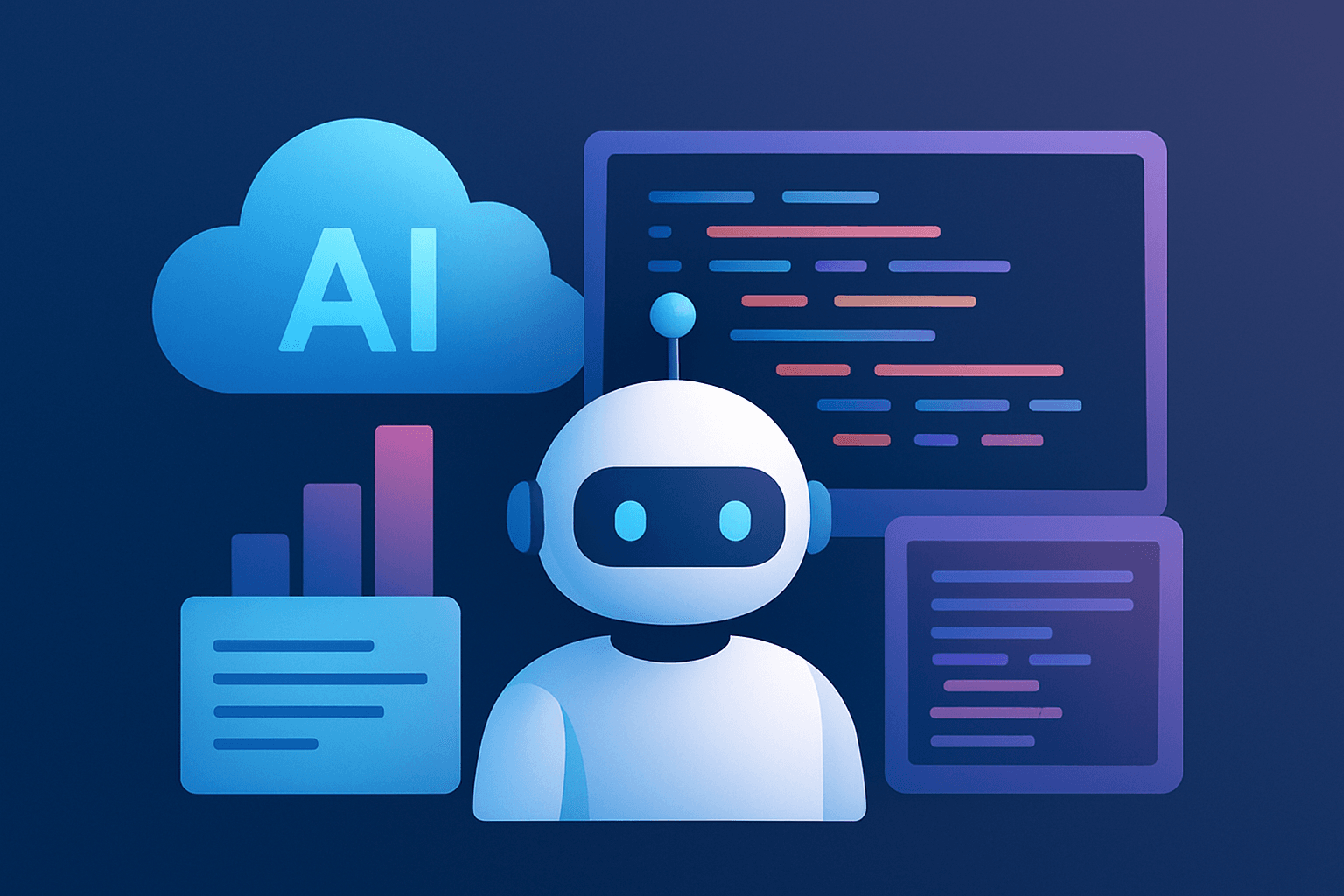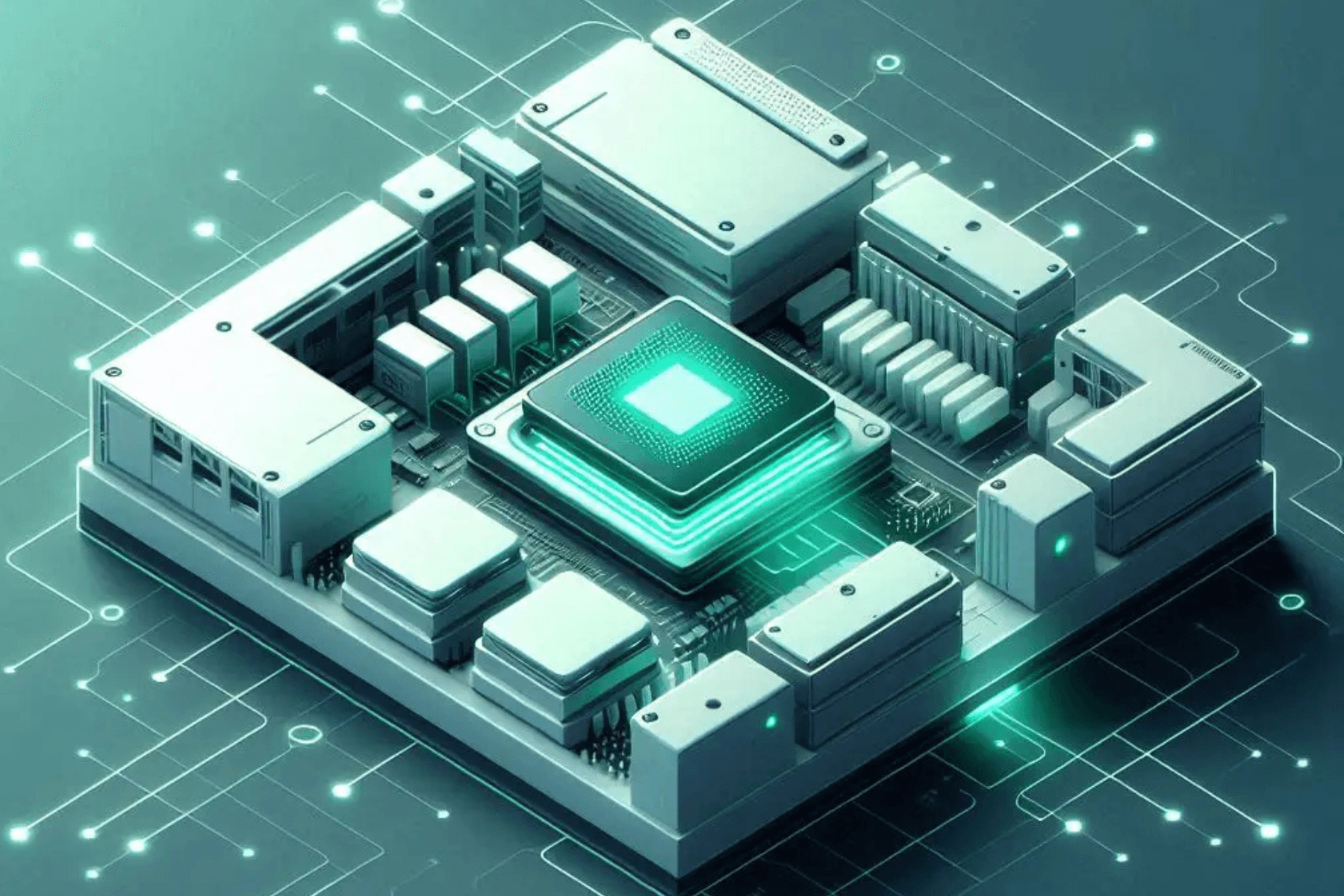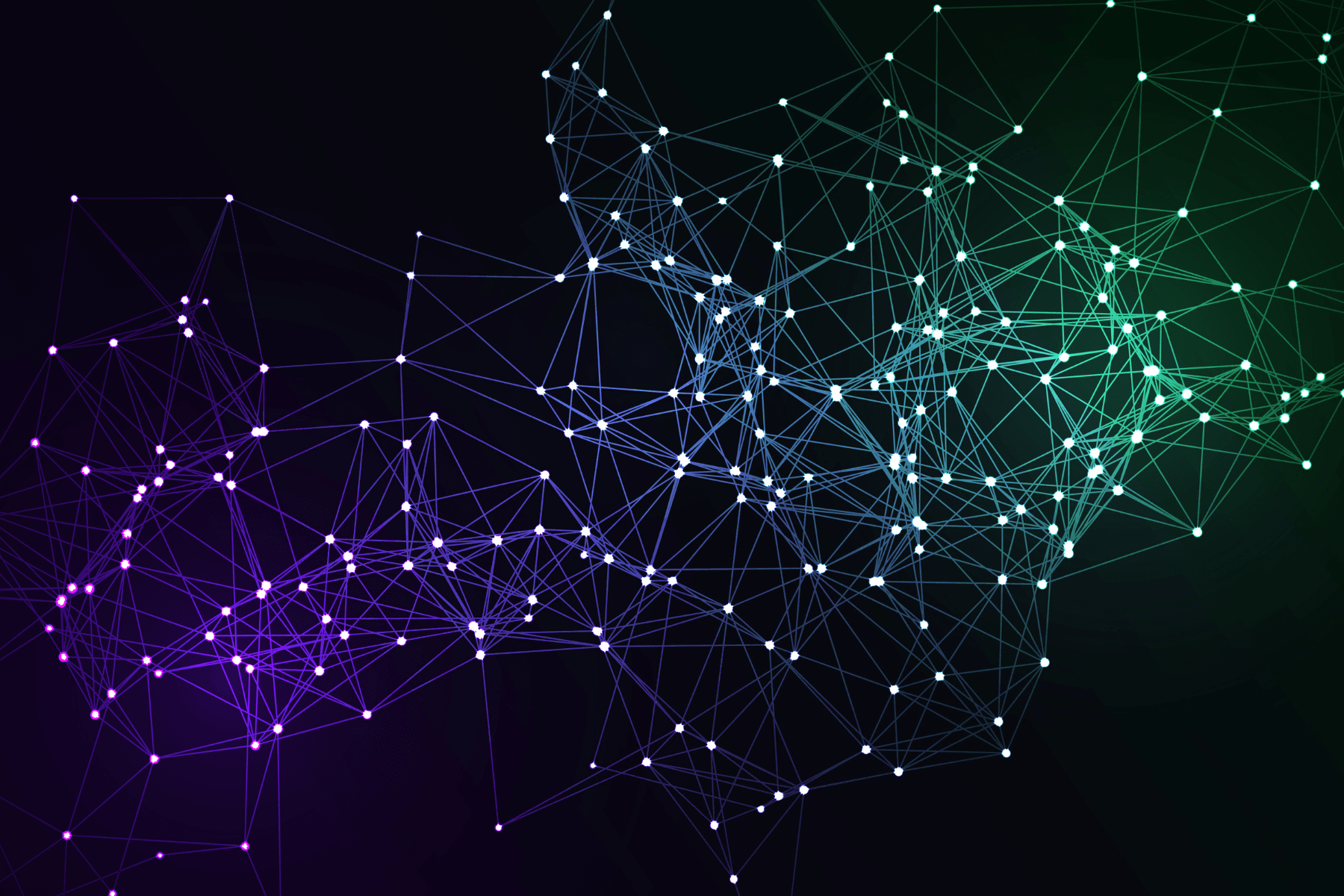Introduction to Alpaca: A Revolution in Language Models
Have you heard of Alpaca, the remarkable open-source project that has been capturing the attention of data scientists and developers everywhere? Let's embark on a journey through the intriguing history, groundbreaking research, and remarkable discovery behind Alpaca. What drove its creators to bring this exceptional language model to life? And how are large language models reshaping the ever-evolving landscape of machine learning in our modern world?
Join us as we delve into the fascinating realm of Alpaca and explore the awe-inspiring transformation occurring in the realm of AI.
A Brief History of Alpaca: Breaking Language Barriers
The development of Alpaca began as a collaborative effort between a team of dedicated researchers and engineers who sought to overcome the limitations of traditional language models. This breakthrough project emerged from a realization that existing models often fell short when it came to capturing the nuances, context, and richness of human language. Alpaca aimed to bridge this gap by leveraging state-of-the-art techniques and training methodologies.
Research and Discovery: Unboxing the Power of Data
Alpaca's journey was fueled by a wealth of data from various sources, including text documents, online content, and linguistic datasets. Researchers meticulously curated and processed this vast corpus to extract meaningful patterns, linguistic structures, and semantic relationships. Through deep learning techniques and neural network architectures, Alpaca was trained to comprehend, generate, and manipulate text in a remarkably human-like manner.
The Launch of Alpaca: Empowering Data Scientists and Developers
The launch of Alpaca marked a turning point in the world of large language models. It opened up new possibilities for data scientists and developers, enabling them to harness the power of Alpaca's natural language processing capabilities. With its ability to understand context, generate coherent responses, and perform complex language tasks, Alpaca quickly gained popularity as an indispensable tool in various domains, including chatbots, content generation, sentiment analysis, and more.
Features of Alpaca:
Alpaca provides developers with several technical capabilities and features that can be beneficial in their development projects. Here are some specific technical details about Alpaca that developers may find useful:
- Language Support: Alpaca is designed to understand and generate text in multiple programming languages. It can assist with code completion, bug fixing, and even generating code snippets in languages such as Python, JavaScript, Java, C++, and more.
- Natural Language Processing (NLP): Alpaca is trained to comprehend and generate human-like text. It can help developers with tasks such as writing documentation, creating conversational agents, answering user queries, and generating natural language responses.
- Contextual Understanding: Alpaca has contextual knowledge and can maintain consistency within a conversation or a project. It remembers and references previously mentioned information, making it useful for long-form conversations or complex projects where context matters.
- Code Examples and Patterns: Alpaca has been trained on a vast codebase, enabling it to provide code examples and suggest programming patterns. It can help developers find solutions, best practices, and implementation strategies for specific programming tasks.
- Technical Documentation: Alpaca can generate technical documentation for libraries, frameworks, and APIs. Developers can ask for explanations of specific functions, methods, or classes and get detailed descriptions, usage examples, and code snippets.
- Troubleshooting and Debugging: Alpaca can assist developers in troubleshooting common programming issues by providing error explanations, suggesting fixes, and helping with debugging techniques. It can be particularly useful for identifying syntactic errors or offering guidance on common programming pitfalls.
- Machine Learning and Data Science: Alpaca has been trained on a wide range of machine learning and data science concepts. It can help developers with tasks such as data preprocessing, feature engineering, model selection, hyperparameter tuning, and interpreting machine learning results.
- Natural Language Generation: Alpaca can generate coherent and contextually relevant text, making it valuable for tasks such as chatbot development, content generation, story writing, and personalized message creation.
Remember that while Alpaca can provide assistance and generate suggestions, it's essential to review and validate the generated code or content to ensure its correctness and appropriateness for your specific use case.
Why Choose E2E Cloud for Deploying Alpaca?
When it comes to deploying large language models like Alpaca, choosing the right cloud provider is crucial. E2E Cloud emerges as the best option for data scientists and developers for several reasons.
- Firstly, E2E Cloud stands out by offering highly accelerated cloud computing solutions, enabling seamless deployment of GPU-intensive workloads. This is especially vital for large language models that heavily rely on GPU resources for training and inference.
- Secondly, E2E Cloud's cost-affordable options make it an ideal choice for data scientists seeking an economical yet powerful infrastructure for their machine learning projects. With their focus on providing GPUs at competitive prices, E2E Cloud empowers researchers and developers to leverage the capabilities of large language models without breaking the bank.
Launching Alpaca on E2E Cloud: Steps for Success
Deploying Alpaca on E2E Cloud is a straightforward process that can be accomplished through the E2E Cloud Myaccount portal. Here are the steps to get started:
- Navigate to the instance launch section and select the desired GPU instance type based on your requirements.
- Configure the instance settings, such as the number of instances, storage options, and network configurations.
- Choose the operating system and software stack that align with your needs. Ensure that the necessary frameworks and libraries for Alpaca are included.
- Review and confirm the instance launch details, including pricing and billing information.
- Click on the "Launch" button to initiate the deployment process.
- Once the instance is provisioned, you will receive the necessary credentials and access details to start utilizing Alpaca.
Conclusion: Experience the Power of Alpaca with E2E Cloud
In the era of cutting-edge artificial intelligence, deploying large language models has never been more critical for data scientists and developers. Alpaca, with its groundbreaking advancements in natural language processing, opens up endless possibilities for transforming industries and driving innovation.
When it comes to unleashing the full potential of Alpaca, E2E Cloud emerges as the ideal cloud provider. With its highly accelerated cloud computing solutions, cost-affordable options, and dedicated GPU instances, E2E Cloud empowers data scientists and developers to deploy large language models seamlessly. Experience the true power of Alpaca on E2E Cloud and revolutionize the way you harness the potential of machine learning.
